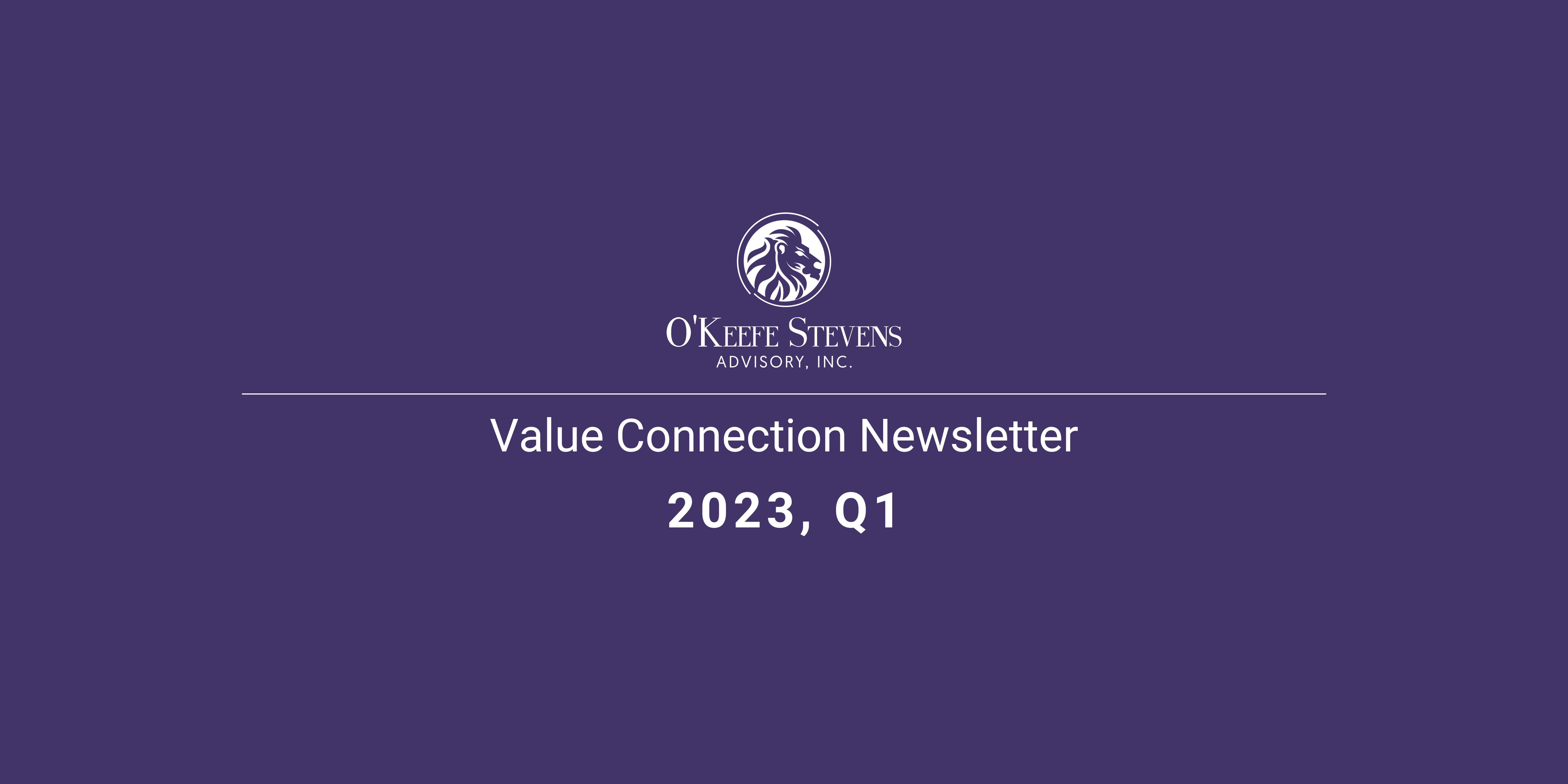PERSPECTIVE FOR THE NEW YEAR
This is the start of the tenth year of our quarterly newsletter. Each year, we write a similar piece in January. We start by reciting our Guiding Principles. And, then we provide updates on our Current Outlook. I’m sure our long-term readers noticed the trend. To you, I’d say learning is the practice of spaced repetition. We must restate these principles for them to take hold in our minds. If you’re new, the message should stand in stark contrast to what you hear everywhere else. Our message is not the cultural norm. Your coworkers and friends aren’t sharing it. Mainstream financial media doesn’t believe it. Please do us the favor and read it more than once. And listen for it in our other communications. Our message is what makes us different. And more people need to hear it.
Guiding Principles
Our work together begins with the acceptance that our timeframe is long-term. This is as true for a 30-year-old as it is for an 80-year-old. We view wealth creation as an intergenerational project. The earlier you begin, the better off you will be. Your goal might not be to endow future generations. But it is the natural byproduct of not running out of money. The opportunity is for each of us to educate our loved ones about this special form of stewardship.
To do this work well, we also agree you must have a plan for growing your investments. We saw the reason why (in spectacular fashion) in 2022. Inflation is the demise of the purchasing power of our hard-earned dollars. To beat inflation, you need a plan for your income to grow throughout your entire life. Investments in equities are the proven antidote to inflation. Lifetime investment success comes from acting continuously on our plan. Substandard returns, and even lifetime investment failure, come from reacting to current events.
We all faced a test in 2022. The unrelenting chaos of our economy, the market, and the global political landscape. The previous three years since the global pandemic are proof that the economy can never be consistently forecast, nor the market consistently timed.
Yet, 41% of U.S. adults stopped their retirement savings in 2022. (One in three workers actually dipped into their long-term retirement savings!) The behavioral rigor required to stay invested is not part of our human programming. To stay with the program, we need to set our environment up for success. And we increase our likelihood of success by having accountability partners.
The most reliable way to capture the full return of equities is to ride out their frequent but historically always temporary declines. Simple, but not easy.
Groceries may be more expensive now, but stocks are cheap after last year’s 20% decline. Continuing to save and remaining invested today can yield better future outcomes. There are several tactics for
turning down markets into positive opportunities. We’re here to help you identify them.
These statements make up our complete conviction that guides our work together. They are the bedrock of our investment policy. They are the beacons for our advice as we pursue your financial goals together.
Current Observations
There was no reprieve from the turmoil in 2022. Even the media had their hands full trying to report on all the disparate chaotic events of the year. After rising 10 out of the 13 years since the Global Financial Crisis of 2009, the U.S. equity market sold off sharply in 2022. At the most recent trough, in October, the S&P 500 index was down 27%. (Side note, bond prices also plunged in response to the quick increase in interest rates.) The central drama of the year was the Fed’s aggressive efforts to bring inflation under control.
Yet, the mainstream equity market managed to close out 2022 somewhat higher than it was at the end of 2019. Check out our recent quarterly call for more perspective here. This is despite the series of nightmares since the onset of the Global Pandemic in February 2020. The S&P 500 closed 2022 at 3,824 versus 3,231 in 2019, a gain of 18%. Not great, but not at all bad for a 3-year period during which our entire economic, financial, political, and geopolitical world blew up.
This three-year series of events and positive market performance is the validation for owning equities. And for continuing to hold them through thick and thin times. To achieve the full returns of your stocks you need to tune out the noise and continue to work the long-term plan. Of course, this continues to be our recommendation for our clients; today and always.
The burning question of the day seems to be how much more the Fed, in its quest to terminate inflation, might tip the economy into a recession – if it hasn’t already done so. Over the coming year, the way this plays out may determine the near-term trend of equity prices. Our position continues to be that this outcome is unknowable. We cannot make investment decisions out of the unknowable.
We continue to stand by the belief that whatever is necessary to stomp out inflation, we must do it. Inflation affects everyone in our society. The effects are greatest for the most marginalized people in our country. If a recession proves to be the solution, then so be it. That will be a short-lived experience, and all our lives will be better off because of it. Remember, we are not investing in the macroeconomy. Our portfolios consist of ownership interests in enduring businesses. These businesses are all responding to the current environment. They will continue to find innovative ways to turn challenges into opportunities. And all our lives will be better off because of it.
We can never say it enough. Thank you for placing your trust in us. It is our privilege to serve you.
CRYPTOCURRENCY REFLECTION
In our Q3 2021 Newsletter, we discussed the challenges of investing in cryptocurrencies. Why we did not, do not, nor have any plans to invest in the speculative “asset.” Over a year has passed, and times have changed.
Today’s news reflects crypto exchange implosions, price declines, and outcries for increased regulation. This is ironic as the primary reason for creating these coins was to self-regulate. In our prior update, the combined market size of all cryptocurrencies was $2T. Cryptocurrencies peaked months later at ~$3T (Yes, T as in Trillion). Today, the crypto market stands at $850B, with Bitcoin making up ~$330B. In our opinion, it’s still not possible to place a valuation on this asset. The practical use case of crypto coins is still questionable.
We can learn several lessons from this period of irrational exuberance. Watching others get rich while missing out is painful. Especially when the object of wealth creation becomes part of pop culture. It can seem like we’re living under a rock. When 40-year-olds start quitting their jobs because of their “sudden wealth” we should all start to pay attention.
“HODLers” (1), as they go by, came in all shapes and sizes. They positioned themselves as experts on crypto, crediting their wealth as evidence. Yet, these experts couldn’t provide sound evidence to explain why they owned crypto. No evidence to support why their coins were valuable. Their rationale seemed to be “they only go up.” This notion of free money can influence those not along for the ride to join in the foolishness. That foolishness is the necessary element to keep the money flowing. But, when the money stops flowing in, these “business” models begin to collapse.
The Sam Bankman-Fried interview shines a light on the future of the crypto landscape. Sam, the former CEO of FTX, claimed to be unaware of the several illegal attributes of his $32B business. For instance, he was unfamiliar with a back door in the company’s accounting system.
And unaware that politicians received millions of dollars of company and client money. The list of negligent items of those operating with significant responsibilities is appalling. Sam gave an interview on the Odd Lots Podcast last April outlining the “ponzi-nomics” of cryptocurrencies. We are sympathetic to those who lost money. These are likely individuals who bet their life savings and retirement dollars. In some cases, they took out loans against their home. When the music stops, the most vulnerable players lose their chairs.
We know this will not be the last mania in our lifetime, though they always take on different forms. Our disciplined approach focuses on undervalued, cash-generative BUSINESSES. We ensure your capital is not allocated to assets with no underlying fundamentals.
The crypto music stopped playing, but we were never at the party.
1 – HODL, as an acronym for “hold on for dear life,” has become a mantra among crypto enthusiasts denoting a long-term approach to cryptocurrency investing.
SECURE ACT 2.0
In its final act of 2022, Congress passed new laws that include several provisions impacting retirement savings. The SECURE Act 2.0, received bipartisan support in both the House and Senate. The new bill should have positive impacts to help Americans prepare for their financial future.
The most notable provision in the new bill increases the age for individuals taking required distributions from their retirement accounts (RMDs). The original SECURE Act, passed in 2019, had raised the age from 70 ½ to 72. Beginning January 1, 2023, the RMD age is now 73. In 2033, the age will increase again, to 75.
The bill also increases catch-up contributions for individuals ages 60-63, beginning in 2025. Individuals will be able to save 50% more than the normal catch-up contribution. This should help people save more in their final push to be retirement ready.
Another new benefit is the enhanced Saver’s Credit. This change is to encourage lower-income individuals to save for retirement. The bill creates a “Saver’s Match.” The federal government will match contributions into an individual’s retirement account.
Other significant provisions include:
- Employees who have a Roth 401(k) won’t have to take RMDs from the account starting in 2024.
- Beginning in 2024, employers have the option to match student loan payments with a contribution to the employee’s retirement plan account.
- Employers will also have the option to allow employees to create “rainy-day funds” in their retirement plan. Individuals would then be able withdraw up to $1,000 from the plan penalty- and tax-free for emergencies.
- Individuals can roll up to $35,000 from a 529 to a Roth IRA in the name of the student beneficiary. The 529 account must have been in existence for at least 15 years. This is effective in 2024.
- Employers will be able to provide employees the option of receiving vested matching contributions to Roth accounts. Previously, matching in employer-sponsored plans were only made on a pre-tax basis.
- The steep penalty for missing an RMD will decrease to 25% of the RMD amount not taken, from 50% currently. This penalty drops to 10% if the IRA owner withdraws the RMD amount previously not taken. and submits a timely and corrected tax return.
The new laws contain dozens of provisions, many of which don’t take effect immediately. Please reach out to us with any questions. We’re here to help you understand your options. Let us know if we can help you make informed decisions about your savings and distributions.
UPCOMING EVENTS
How to Figure Out How Much You Need to Retire (Justin Stevens)
When: 1/24/23, 12:00 PM – 12:30 PM ET
How to register: Visit our Upcoming Events page
GOALS – A guide to setting and reaching your desires (Peter O’Keefe)
When: Session I – 2/1/23, 2/8/23, & 2/15/23, 6:30 PM – 7:30 PM
Where: Hilton High School, Room 21
Cost/How to register: $20, Visit hilton.k12.ny.us/CEonline
When: 2/23/23 & 3/14/23, 4:30 PM – 5:30 PM
Where: O’Keefe Stevens Advisory Headquarters
How to register: Email Peter O’Keefe at peter@okeefestevens.com
Planning for Lifetime Income in Retirement (Justin Stevens)
When: 2/15/23 12:00 PM – 12:30 PM ET
How to register: Visit our Upcoming Events page
New Client Happy Hour (Open to new and current clients)
Where: O’Keefe Stevens Advisory Headquarters
When: 3/23/23, 4:30 PM – 6:30 PM ET
How to register: Email Carly Flanigan at carly@okeefestevens.com
Disclaimer: Although we obtain information contained in our newsletter from sources we believe to be reliable, we cannot guarantee its accuracy. The opinions expressed in the newsletter are those of O’Keefe Stevens Advisory and may change without notice. The information in our newsletter may become outdated and we have no obligation to update it. The information in our newsletter is not intended to constitute individual investment advice and is not designed to meet your personal financial situation. It is provided for information purposes only and nothing herein constitutes investment, legal, accounting or tax advice, or a recommendation to buy, sell or hold a security.
Investment advisory services offered through O’Keefe Stevens Advisory, Inc., an SEC Registered Investment Advisor.
© 2022 O’Keefe Stevens Advisory, Inc. All rights reserved. This content cannot be copied without express written consent of O’Keefe Stevens Advisory, Inc.



No responses yet